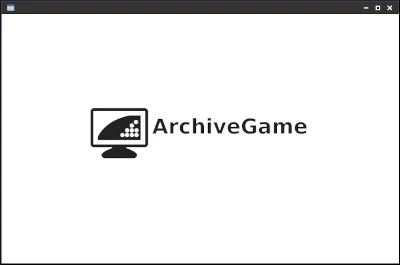Last Updated on: 26th December 2023, 11:36 am
Web site: docs.microsoft.com/windows/wsl
Category: Others
Platform: Windows
License: unknown (source code available)
Interface: CLI
Wikipedia: Windows_Subsystem_for_Linux
First release: August 2, 2016
Windows Subsystem for Linux (WSL) – a compatibility layer for running Linux binary executables on MS Windows 10/11 and Windows Server 2019.
The Windows Subsystem for Linux lets developers run a GNU/Linux environment – including most command-line tools, utilities, and applications – directly on Windows, unmodified, without the overhead of a traditional virtual machine or dualboot setup.
WSL 2 is a major overhaul of the underlying architecture and uses virtualization technology and a Linux kernel to enable new features. The primary goals of this update are to increase file system performance and add full system call compatibility.
WSL 2 is a new version of the architecture that powers the Windows Subsystem for Linux to run ELF64 Linux binaries on Windows. This new architecture changes how these Linux binaries interact with Windows and your computer’s hardware, but still provides the same user experience as in WSL 1 (the current widely available version). Individual Linux distros can be run either as a WSL 1 distro, or as a WSL 2 distro, can be upgraded or downgraded at any time, and you can run WSL 1 and WSL 2 distros side by side. WSL 2 uses an entirely new architecture that uses a real Linux kernel.



